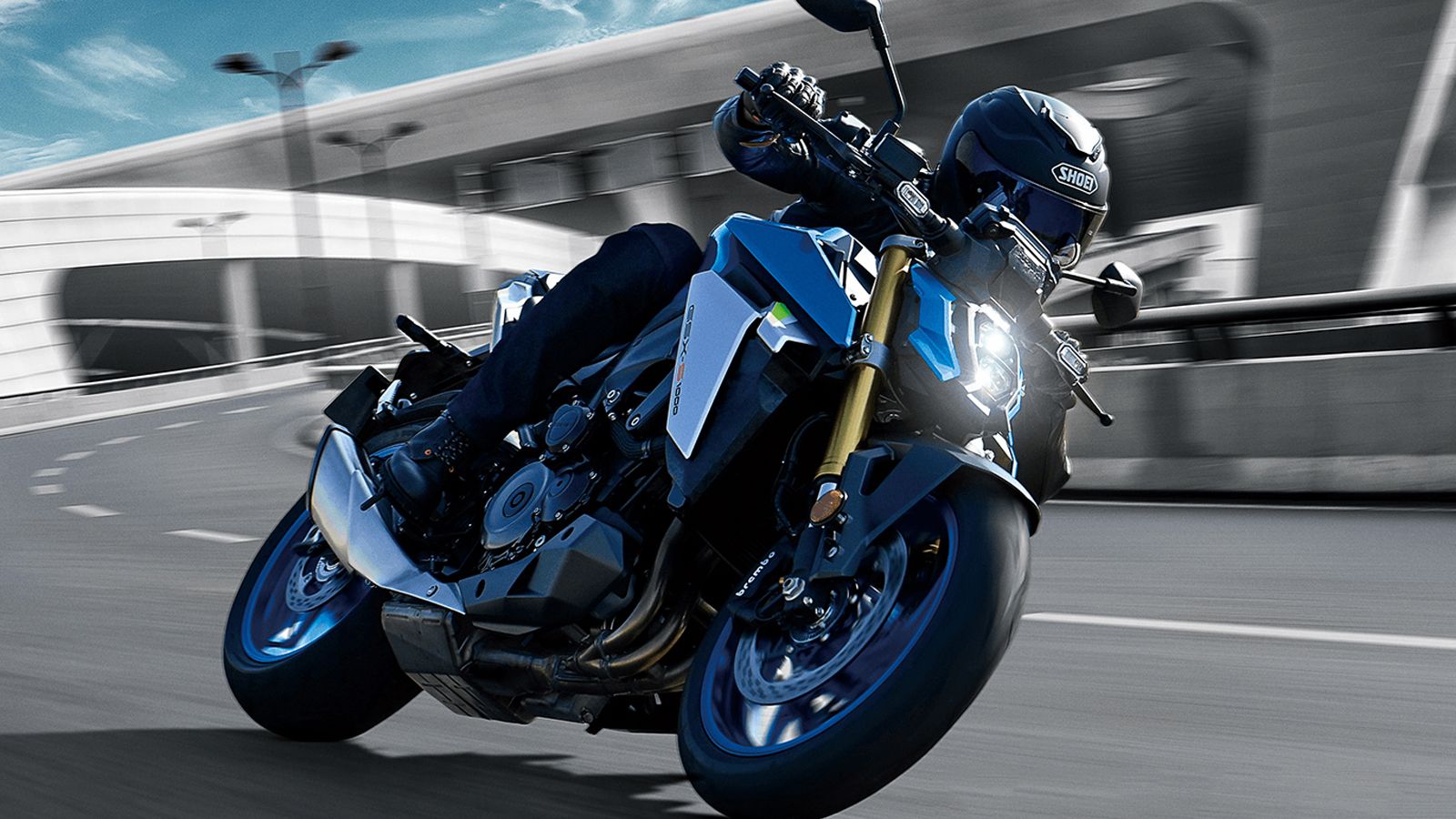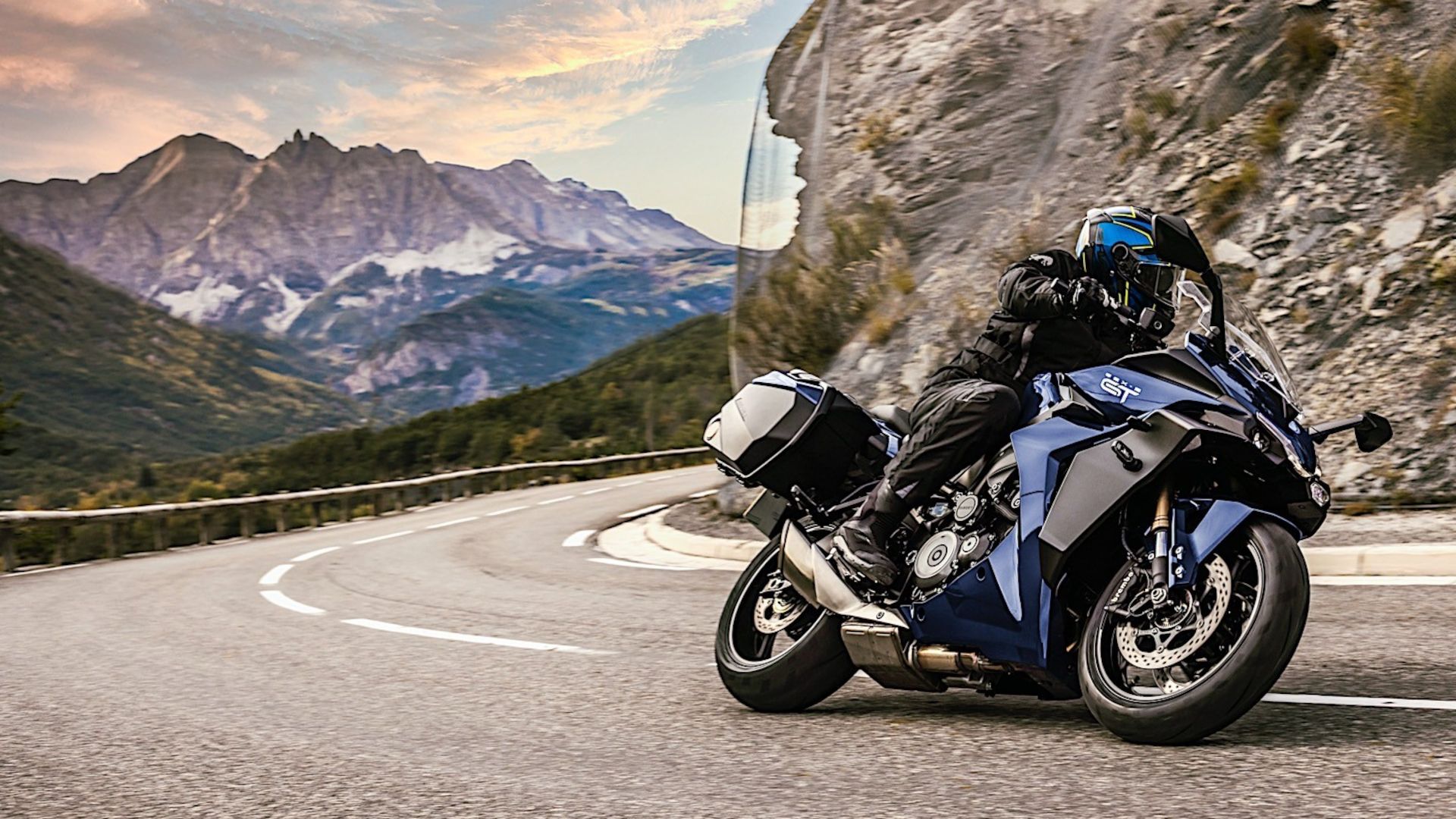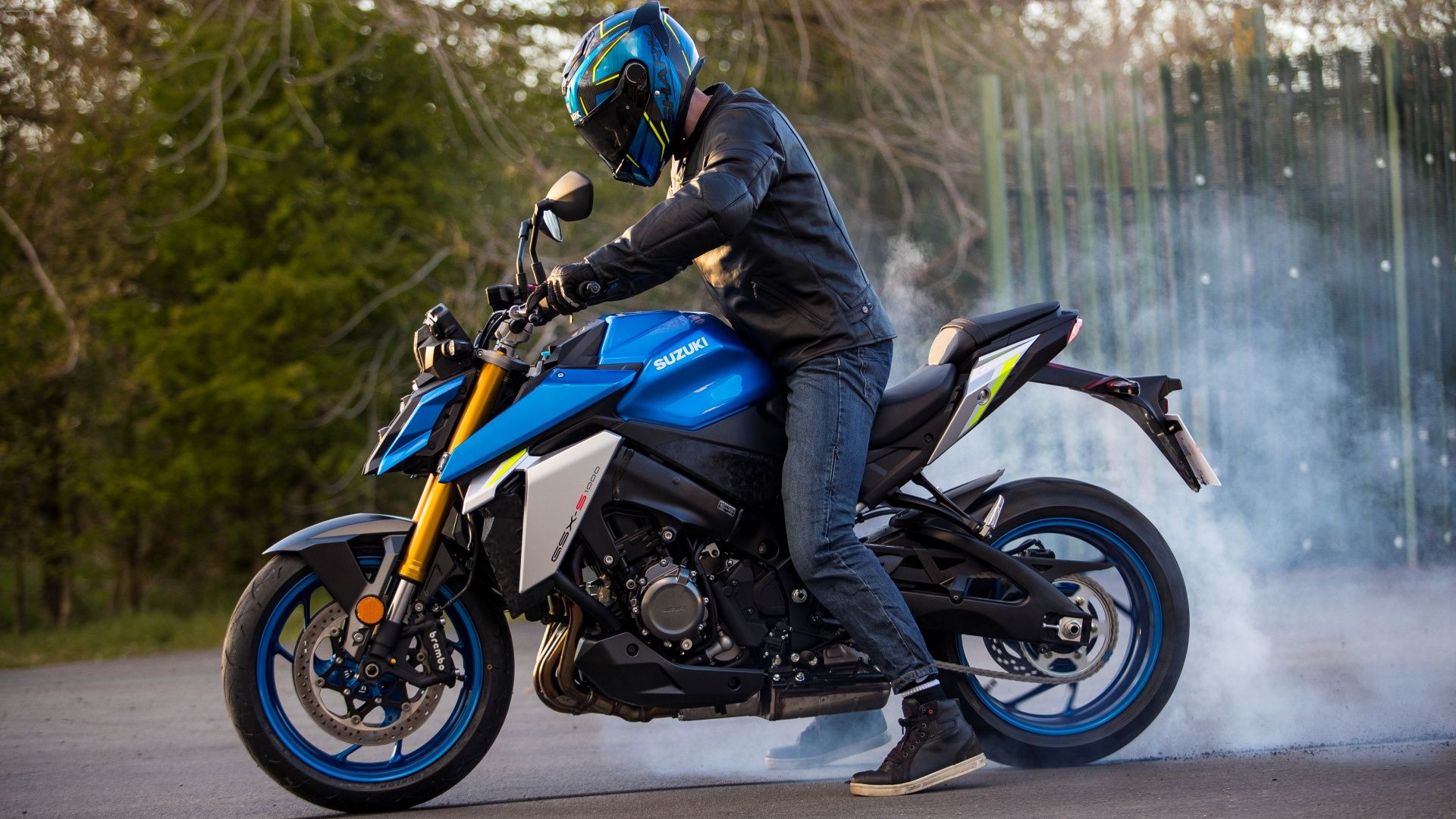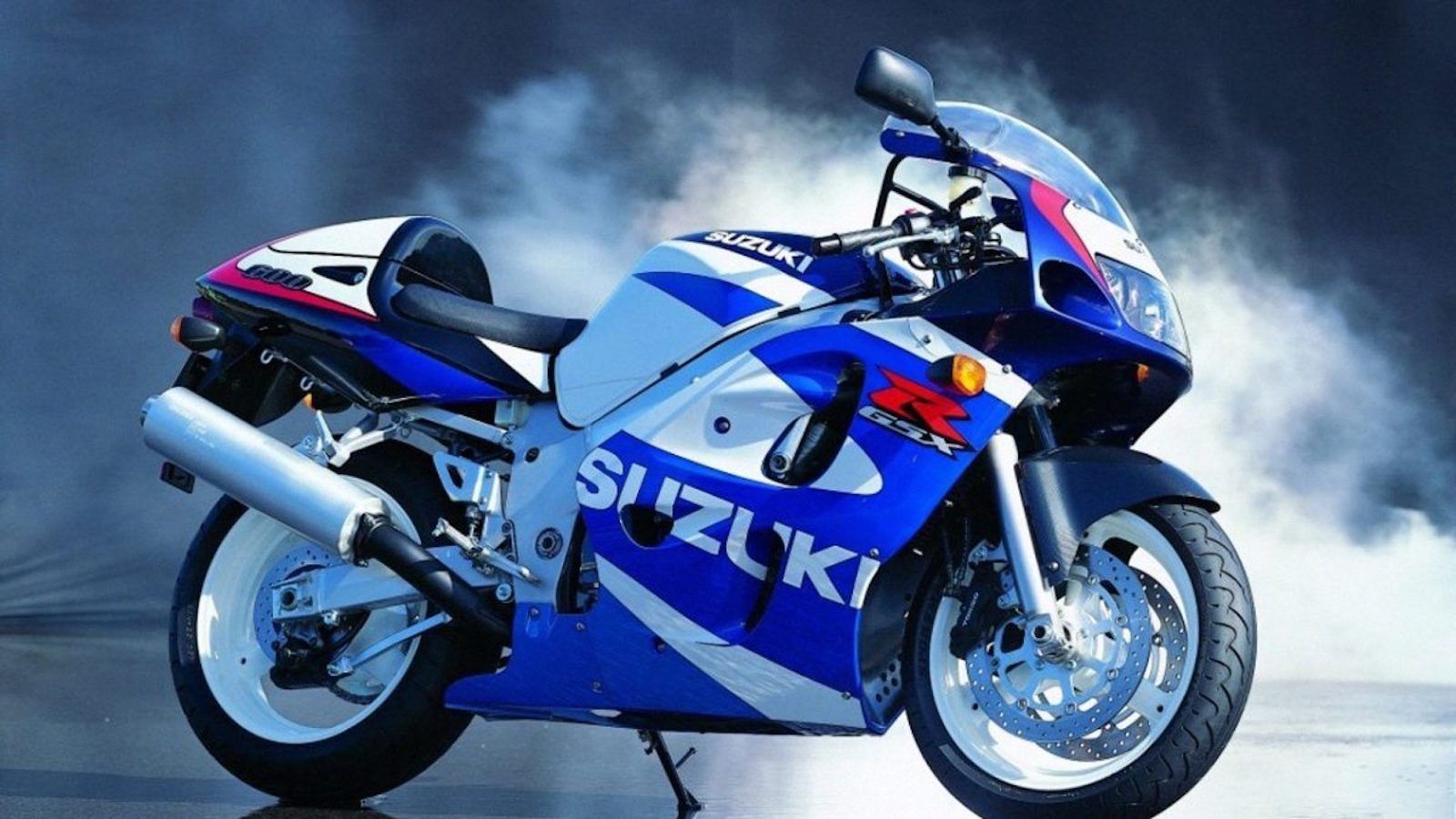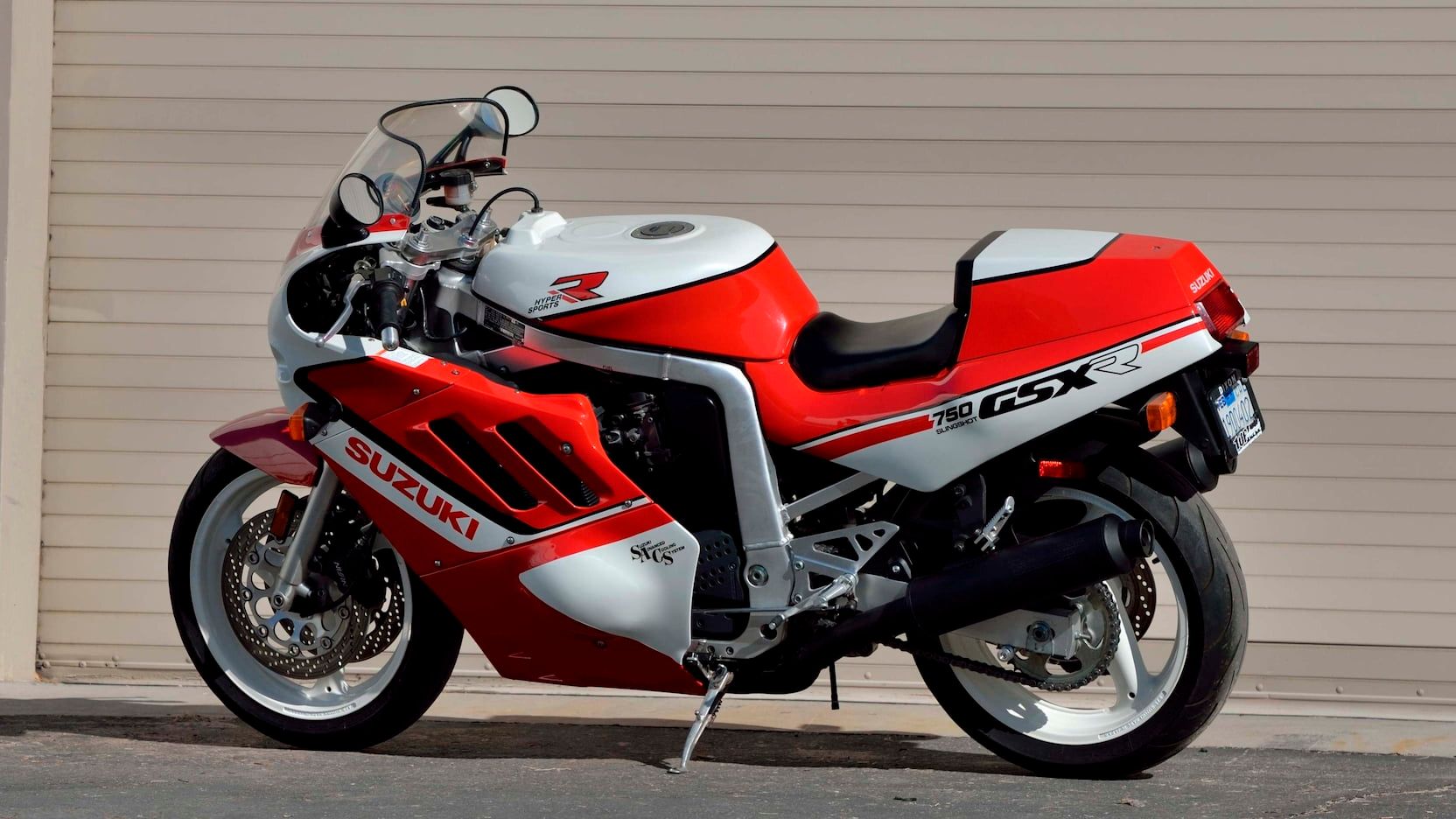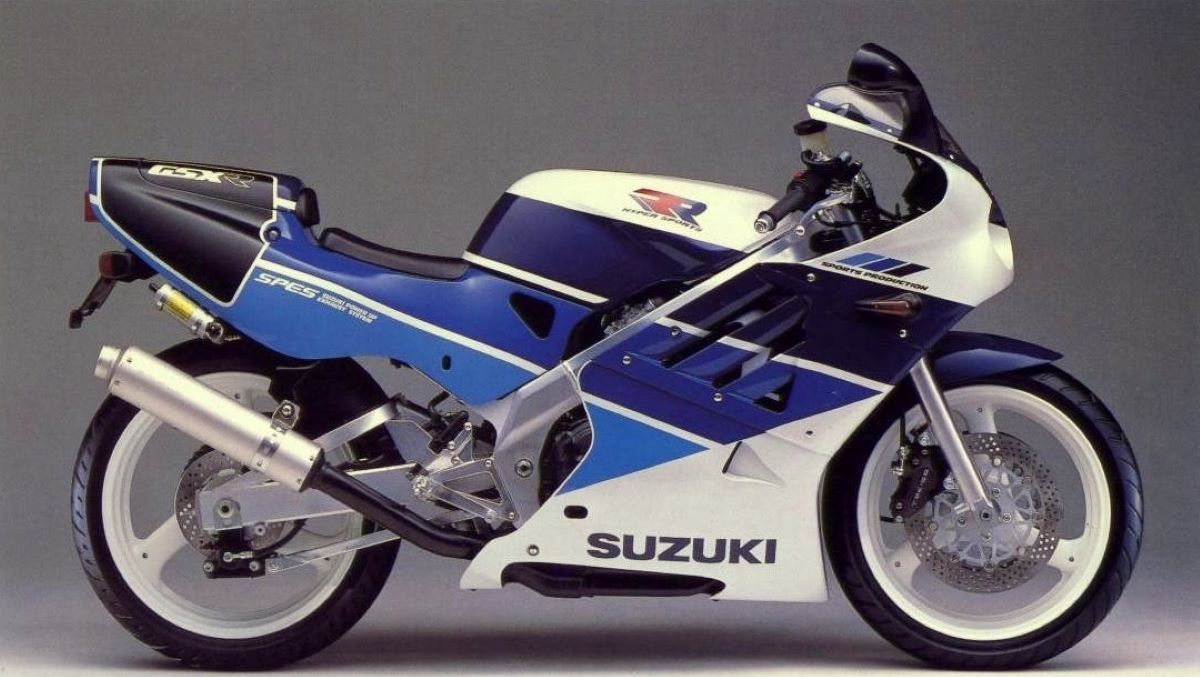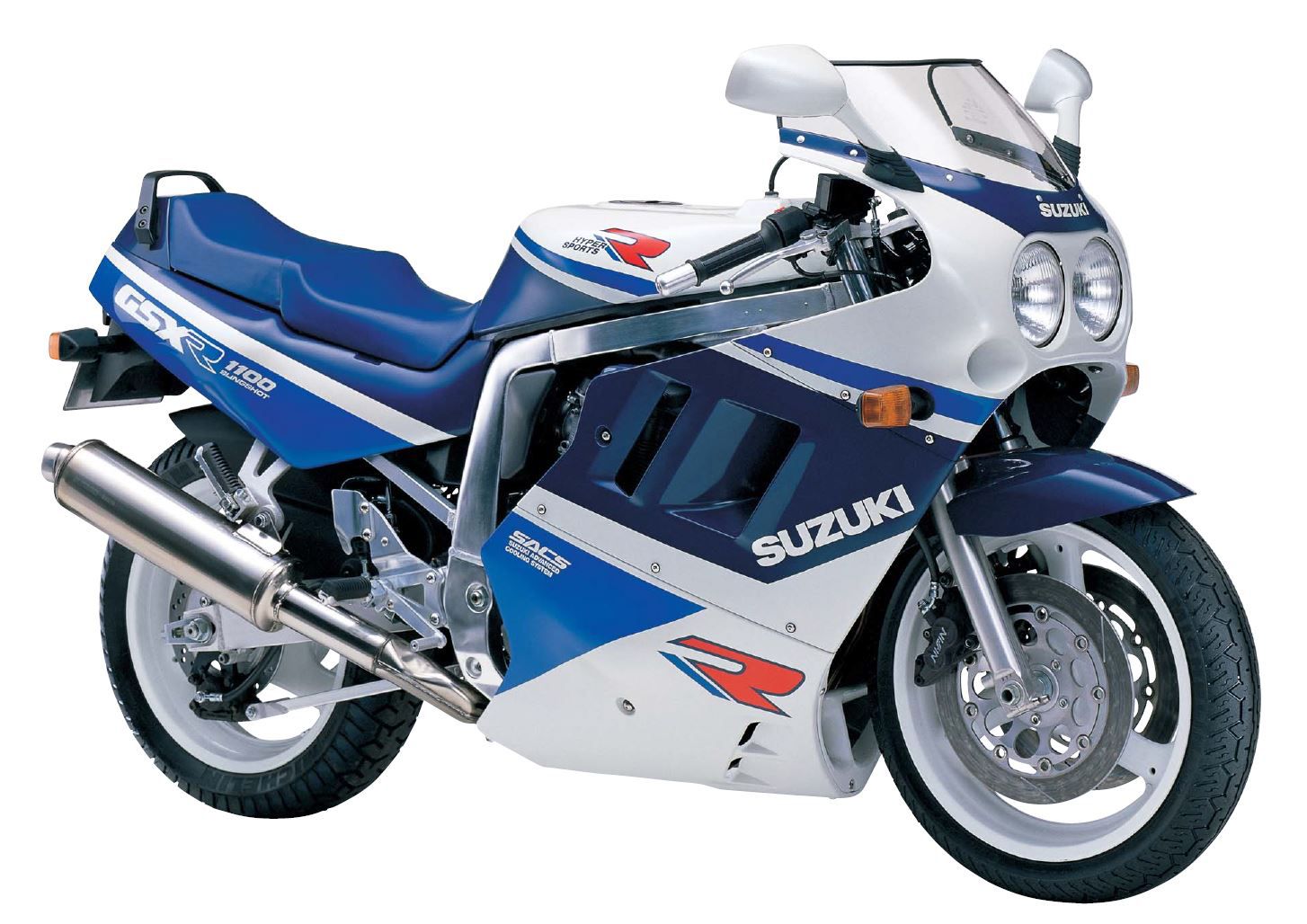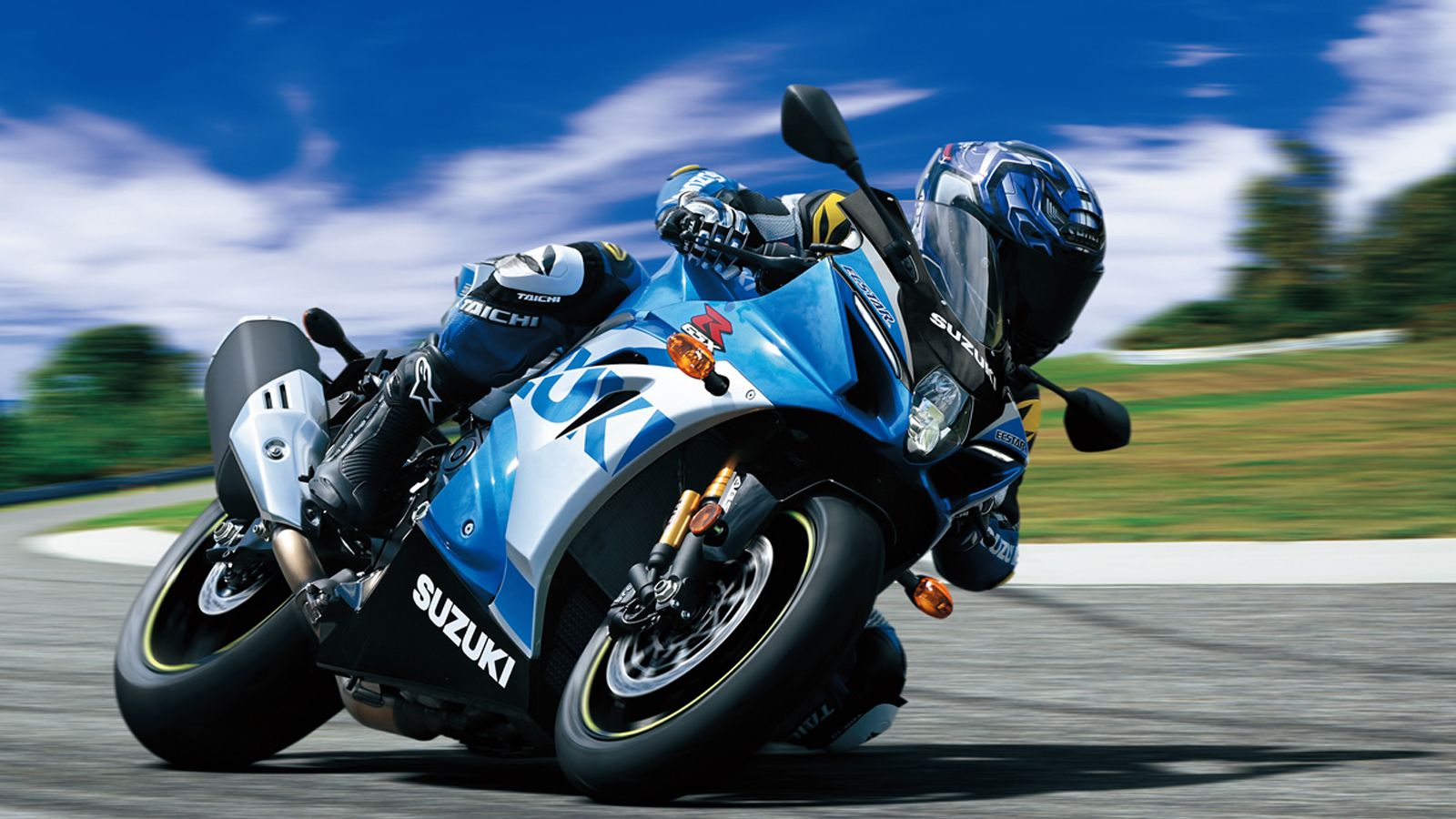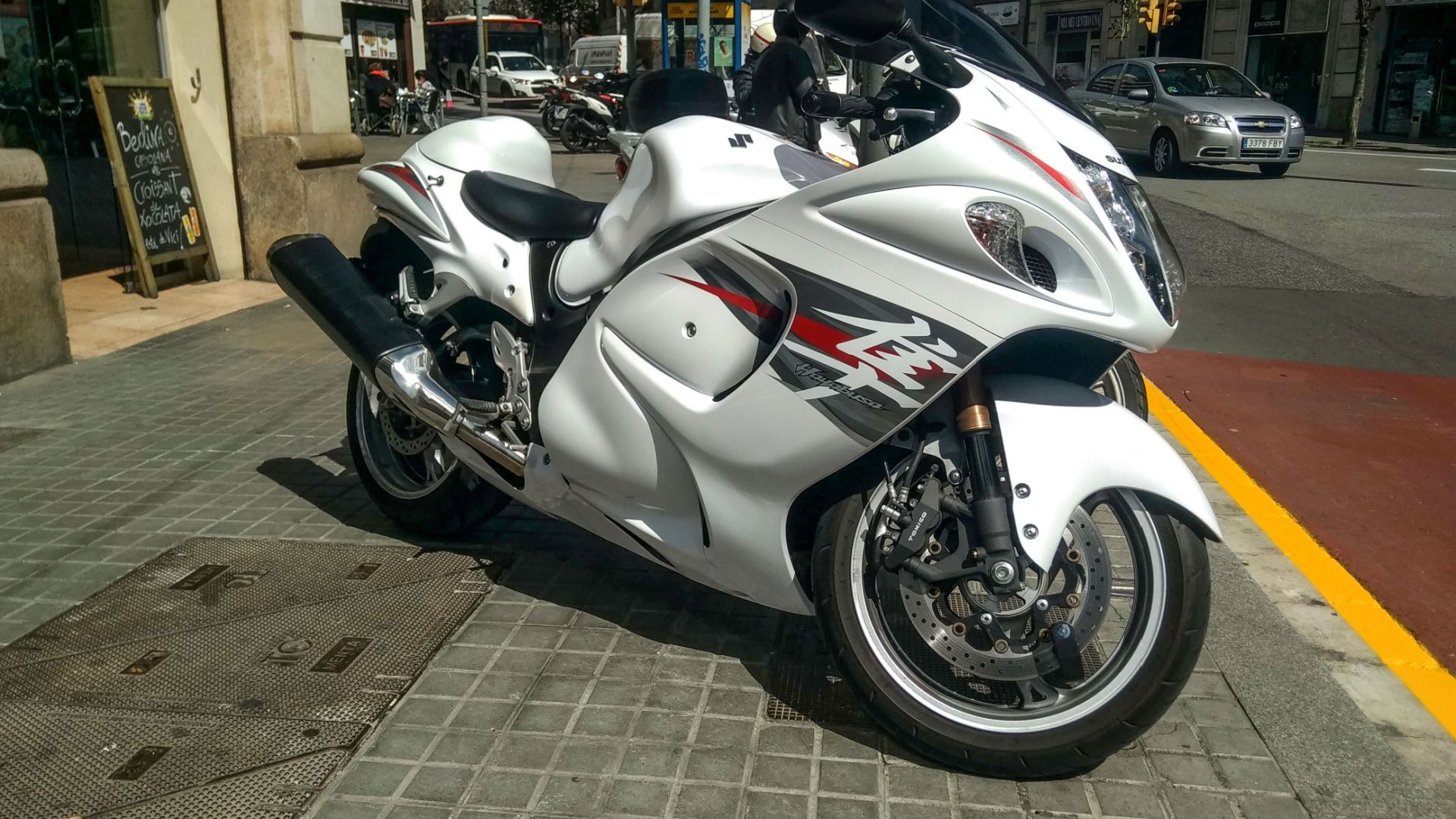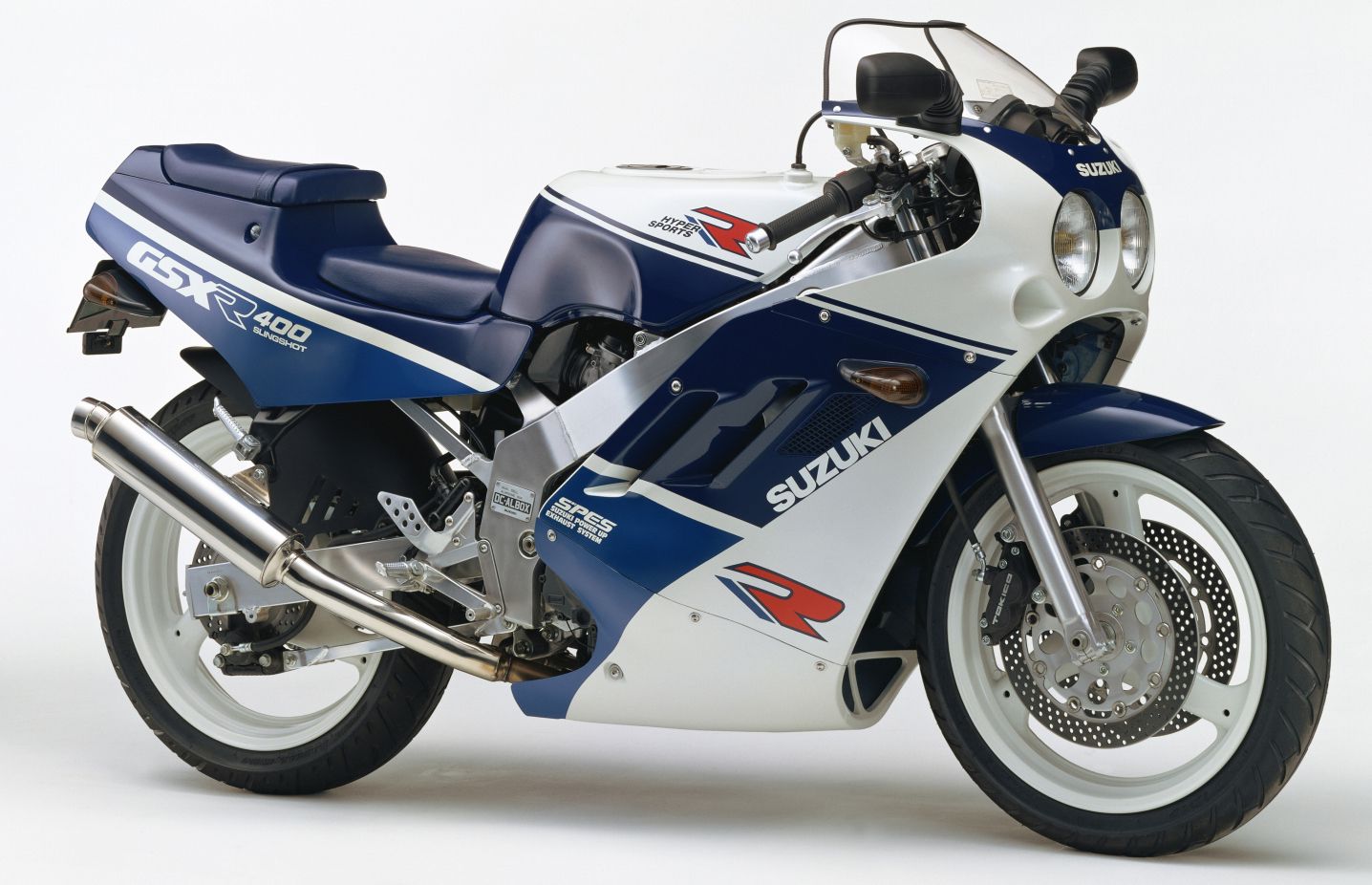Suzuki has been around for a long time in the conventional sense along with the others from the Big 4. With considerable racing success in MotoGP and WSBK along with other world racing series, they have come a long way, being one of, if not the most economically successful two-wheeled manufacturers in history.
What started off as a series for four-stroke motorcycles with four-valve heads, a step up from their GS series at the time that was designated for four-stroke, two-valve engines - gradually evolved to become of the most formidable forces in motorsport, and a brand name worthy of respect even by the most diehard of sports enthusiasts. The GSX series was born in the 1980s and still continues to live on strong, with a clear definition and purpose - Performance orientation and light weight.
We used references and information from MCN, Suzuki Motorcycles, YouTube, and our internal reviews to deliver relevant and accurate information on this article.
10 GSX-S1000GT
Revamped styling and design language, versatility and performance. These are the USP's that make the 2022 GSX-S1000GT a noteworthy machine on our list. We love its looks and the features it brings to the table. It receives a slew of electronics as with the latest-gen Hayabusa - Suzuki Intelligent Ride System (S.I.R.S.) technology, including electronic cruise control, traction control and a quickshifter. It also comes with Suzuki's connectivity feature MySpin (A Bosch app), enabled through a TFT display that allows for linking one's smartphone to access maps, music, contacts and calls while on the go. The nicely tuned 993cc inline-four puts out an adequate 136 horses and 76 ft-lbs of torque.
9 GSX-S1000
One of Suzuki's underrated but very enjoyable nakeds, we had to include this bike in the list as one of the most well-rounded naked bikes, at least from Japanese manufacturers. Initially debuting in 2015, the engine was from the K5 generation GSX-R, and it was a definite hoot to ride. Fast-forward to 2023, and it still is one of Suzuki's most relevant sport bike offerings that can put a big smile on one's face thanks to its fun dynamics, practicality and engine characteristics.
8 GSX-R600
Launched as a smaller alternative to the GSX-R750, the 600 was launched in 1992 with a water-cooled 600cc inline-four engine, but with the same body as the 750. It continued in 1993 without any changes, but had a hiatus in production from 1994 to 1996. In 1997, it returned, then equipped with the SRAD system (Suzuki Ram Air Direct, pictured above), and subsequently received updates namely fuel injection, revised bodywork and aero, radial-mounted brakes, inverted forks and titanium valves to name a few. The GSX-R600 series grew in its own right to be an excellent choice for a track weapon and is also one of Suzuki's current models.
7 GSX-R750
Born out of Suzuki's know-how with endurance racing and being good at it - we mean world championship-winning good at it - The 750 was a smaller-displacement option alongside the bigger 1100cc sibling, offering a lightweight package of speed and handling, thanks to its aluminum frame and advanced engine tech for the time. The first generation model was launched in 1985 with 77 horses and weighing dry at 178 kgs, undercutting the other 750s in the market by a big margin - those bikes weighed around 200 kg mark on average. It still continues to be sold today as one of Suzuki's crucial sports bike models.
6 GSX-R250R
Another mad machine with a tiny, 250cc engine but with four cylinders, the GSX-R250R was a fierce competitor to the Honda CBR250RR and the Kawasaki Ninja 250RR. With a dizzying redline of close to 20,000 RPM, the GSX-R250R was able to top out at MPH and deliver 45 horses and a maximum torque of 18.07 ft-lbs. It was an upgraded version of the GSX-R250 launched in 1987 - two years prior, with redesigned, larger bodywork, 400cc-class brakes and an aluminum box frame.
5 GSX-R1100
The GSX-R1100 is easily one of Suzuki's longest living series of its 1100cc series of big bikes that continued throughout its lifespan with rather minor updates along the way - Because it did not really need them in the first place. It was launched in 1986, offering similar tech as the GSX-R750, but with more power - 137 horses, and weighing minimally as possible at 434 pounds. It was only in the year 2000 that Suzuki decided to replace it for good with the GSX-R1000 series.
4 GSX1300 B-KING
If you haven't come across this bike before, we can definitely understand. The B-King was a naked spin-off of the Hayabusa - powered by the same, monstrous 1340cc nuke of an engine from the second-gen Hayabusa with a slightly more relaxed state of tune (164 hp), in a naked chassis nonetheless, resulting in quite a thrilling and powerful ride experience that one could also take to the city, thanks to its more relaxed ergonomics. We also love how this bike looks(Not everyone does) with its large and aggressive proportions. It was certainly a definitive hyper-naked before the industry even came up with that term. Sadly, it was in production for just five years before being discontinued in 2012
3 GSX-R1000
The GSX-R1000 superseded the then aging 1100cc bike in its stable in the year 2000, and boy, did it create some of the world's best known supersports liter class bikes. The GSX-R1000 models usually get all the love from Suzuki when it comes to their distinctive design language, and sportbike fans across the globe have their own interpretation of which generation was best and why. We personally love the K7 for its balanced and beautiful power delivery.
2 GSX-R1300R Hayabusa
The Hayabusa has been long known by enthusiasts and laypeople alike - Building a notorious reputation for absolute speed and gargantuan looks. Taking inspiration in its looks and performance from the bird that feasts on blackbirds, the Hayabusa (Peregrine falcon in Japanese) was a rude shock to Honda's Blackbird 1100XX, taking over as the world's fastest production motorcycle at the time, going well above the 300 km/h mark. One of Suzuki's most iconic machines that ever came out of a manufacturer's production lines.
1 GSX-R400
The 80s were a crazy time for motorcycles, with a market for small displacement, fully faired bikes with advanced four-cylinder engines. The GSX-R400 was the first-ever true GSX, launched as a four-valve version of the existing GS400 - that possessed an older, two-valve design. It was launched in response to the existing 400cc sports bike competition from Honda, Yamaha and Kawasaki. The Suzuki trumped them all with its light weight and therefore better power-to-weight ratio, even when compared to the RG250 Gamma two-stroke from Suzuki's own stable! Later years saw a four-into-one exhaust that bumped power up from 58 horses to around 60. This bike was technically responsible for popularizing and associating performance to the GSX name.

